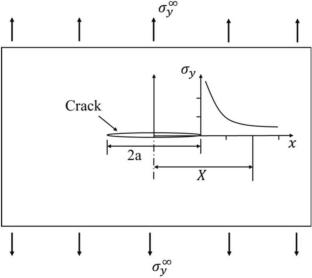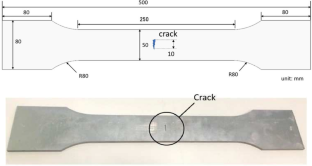Strength Verification of a Carbon-fibre-reinforced Plastic Patch Used to Repair a Cracked Aluminium Alloy Plate
Abstract
Aluminium alloy is a commonly used material in the superstructure of naval vessels. This alloy is prone to sensitisation when exposed to the marine environment for an extended period, which leads to the formation of stress corrosion cracks. Because welding is unsuitable for repairing sensitised aluminium alloy with cracks, this study used carbon-fibre-reinforced plastic (CFRP) patches for repair. The repair effect of CFRP patches was examined through experiments and numerical simulation to clarify the mechanical properties of cracked aluminium alloy repaired with CFRP patches. The experimental results revealed that the tensile strength of cracked aluminium alloy was increased by 40% after its repair with a CFRP patch, and the obtained tensile strength was higher than the yielding strength of this alloy. With regard to numerical simulation, this study employed the extended finite-element method (XFEM) and traction-separation law to simulate crack propagation in cracked aluminium alloy and the bonding strength at the repair interface. The numerical simulation results were consistent with the experimental results, which confirmed that the established numerical model accurately captures the failure trends and ultimate strength of cracked aluminium alloy repaired with a CFRP patch. Future researchers can use the numerical simulation method established in this study to predict the effectiveness of using CFRP patches in the repair of naval vessel superstructures.



 求助内容:
求助内容: 应助结果提醒方式:
应助结果提醒方式:


